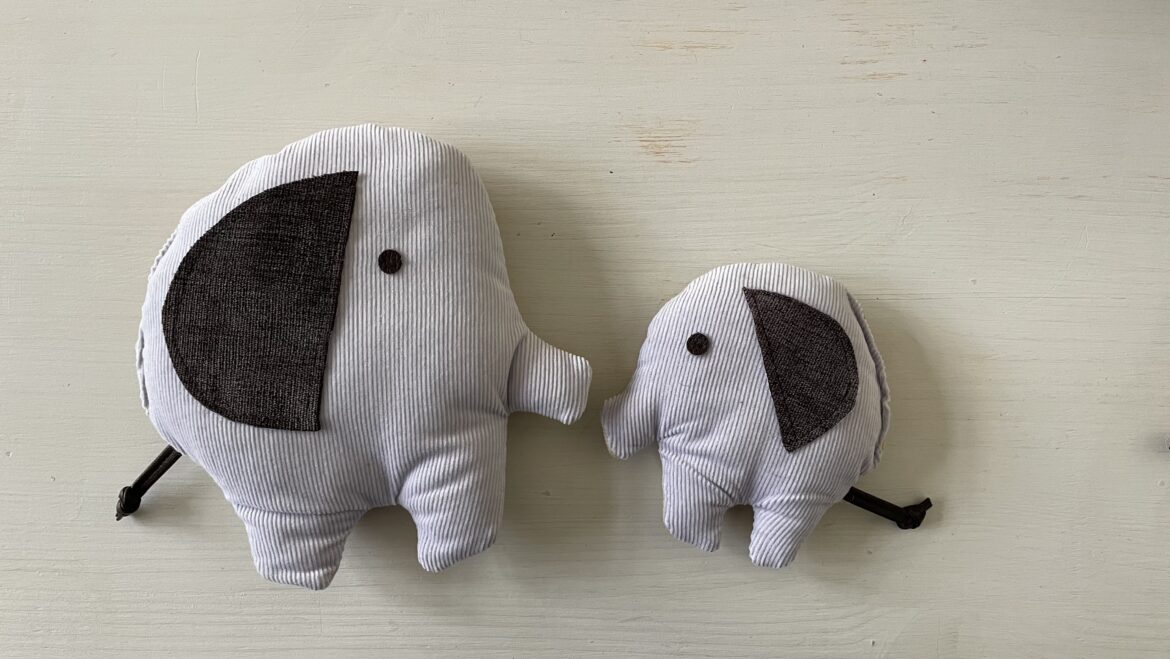The Memory Box project is one of CiaoLapo’s permanent projects. We began to study the memory box in 2007, when in Birmingham, at the International Stillbirth Alliance convention, we first saw memory boxes displayed on the tables of associations from different countries. I remember well the deep sense of care, respect and closeness that flowed from those small boxes and their neat and delicate contents.
Returning from Birmingham full of unanswered questions (Why do they have the memory box everywhere? Why isn’t there at our place? Is it a useful tool? How can we adapt it to our culture?), we began to study the literature, guidelines, and testimonies well and work intensively on the topic of memories in perinatal bereavement with our families in our country as well.
In the meantime, we started to offer a simple collection of memories (handprint and footprint) in some trainings and at some conferences: the reception was very lukewarm, not to say cold. In some cases, really glacial. I well remember many scenes like this one: me showing a memory box in pictures, me showing the testimonies of parents happy to collect memories, me showing the sorrow of our Italian parents at having no memory of their child while faces in the audience change expression, certain jaws stiffen, certain mouths snort, certain eyes roll up, certain lips tighten. It was not easy at all, telling perinatal area colleagues about the importance of the Memory Box tool, and its correlation with grief processing and better trauma management. However, I possess a quality that comes in very handy in certain complicated situations: even if nine out of ten people huff and puff, I ally myself with that one and only person whose eyes sparkle as I speak. Whether it is from emotion, or enlightenment, or both, I hardly in fact let slip two eyes that shine. This was also the case with the Memory Box, which made first the eyes of CiaoLapo member mothers and fathers and then those of some midwives and nurses shine brightly. A few midwives and nurses contacted us to tell us that they, abroad, had studied and used the memory box and that however, no, in Italy, they could not use it and in fact, they were rebuked and bullied for this “mania” of theirs to propose to parents to collect memories. We were also contacted by pioneering and courageous mothers and fathers who, making a mockery of the bans and disapproving faces still self-organized independently to take photos, take footprints, and dress their boys and girls.
We then pooled experiences, opinions, and proposals for years, measured outcomes in terms of well-being among those who had received and those who had not received reminders. With a lot of resourcefulness, some midwives and nurses became liaisons in their facilities to start using the memory box and, insistence after insistence, conference after conference, finally, in 2012 we started distributing our first boxes. In parallel, we continued careful monitoring of memory collection in our country and how to improve it, together with parents and hospital workers.
Our Memory Boxes have changed in size, thickness, shape (rectangular, square, high or low) over the years and have gradually been enriched with symbols and objects, selected year after year through feedback from operators and parents. Today, our Memory Box contains 13 parts, each of which has a specific function to promote grief processing.
The two parts that have most challenged health workers at conferences and trainings are the photo frame, which refers to the need for staff to take and keep photos of the child, and the cloth puppets.
I have personally witnessed, unfortunately more than once, in educational settings, reactions of deep discomfort, anger and agitation from “female colleagues” who have ranted in front of…a cloth puppet.
We have been asked to remove it. We have been asked to give it to other people in the department. We were told that it is macabre, that it is useless, that “you don’t give puppets to dead children who can’t play with them,” that it is better to use it for siblings to come, and so on.
Extreme reactions around perinatal bereavement always give me much pause. In another post, I talked about the fear that often comes between the bereaved and the people around them and pointed out how much this barrier of fear around perinatal grief compromises or hinders the gathering of memories and grieving. Whenever a caregiver, a grandmother, a father starts railing against the collection of memories and tries to prevent it or dissuade the mother or a colleague on the ward from doing it, one part of me, the understanding part, would like to hug him tightly, pat his head and take him to the park, another part, the memory-less mother part, would like to push him out of the room with a footstep. That other side, the scholar’s side, instead stands: showing tables, diagrams, p<0.001, parental testimonies, case-books-car-sheets, knowing that all this decade-long explaining could be completely useless. The fear of the dead baby is so frightening that it undercuts the most careful studies and even the most heartfelt requests, such as those of mothers begging to be allowed to dress or photograph their baby who are told, even today, that“it’s better not to.”
In ten years of memory boxes we have had so many puppets: the first was a little stuffed dog, then we had the bunnies, the HOPE bears crocheted by Syrian women so they could send their children to school, the cotton elephants made together with Flavia Zuncheddu and two Ciaolapo mothers who are entrepreneurs of Stelline a Pois, and finally a few lions, a few foxes, and a few fawns, leading up to the project created thanks to the Ashoka team, which I will tell you about in full in a future post (but you can peek at the cover photo of this article in the meantime, to get an idea.)
The ill disposition toward memory boxes and especially cloth puppets is, in my opinion, indicative of a rather troubling ill disposition toward tenderness, which, in fact, in perinatal grief survives death. Grieving parents grieve. They suffer immensely from the physical absence, they grieve for the broken project, they despair with nostalgia for the broken relationship, but they are at the same time well able to preserve, intact, the core, the essence of the relationship they have developed, with the child, the little girl, desired, expected and experienced for as long as it was possible.
In this context, which should be clear especially to those who say they deal with perinatal bereavement or have studied it, cloth puppets are not “veits” to fill the box and are not “macabre” because they are symbols. Eternal symbols of the tenderness exchanged, even if for too short a time, between parents and unborn child.
Our memory boxes, too, are symbols (and we have not invented anything, we modern bereaved parents-just think of the grave goods of children in Phoenician necropolises): they tell and enshrine a story that, even before we get to mourning, was, and is, a life story. Tenderness included.
To Graziella and Mery, for bringing Memory Boxes to their hospital, despite the downward bent mouths and hatred of some for the tenderness that does not die.


